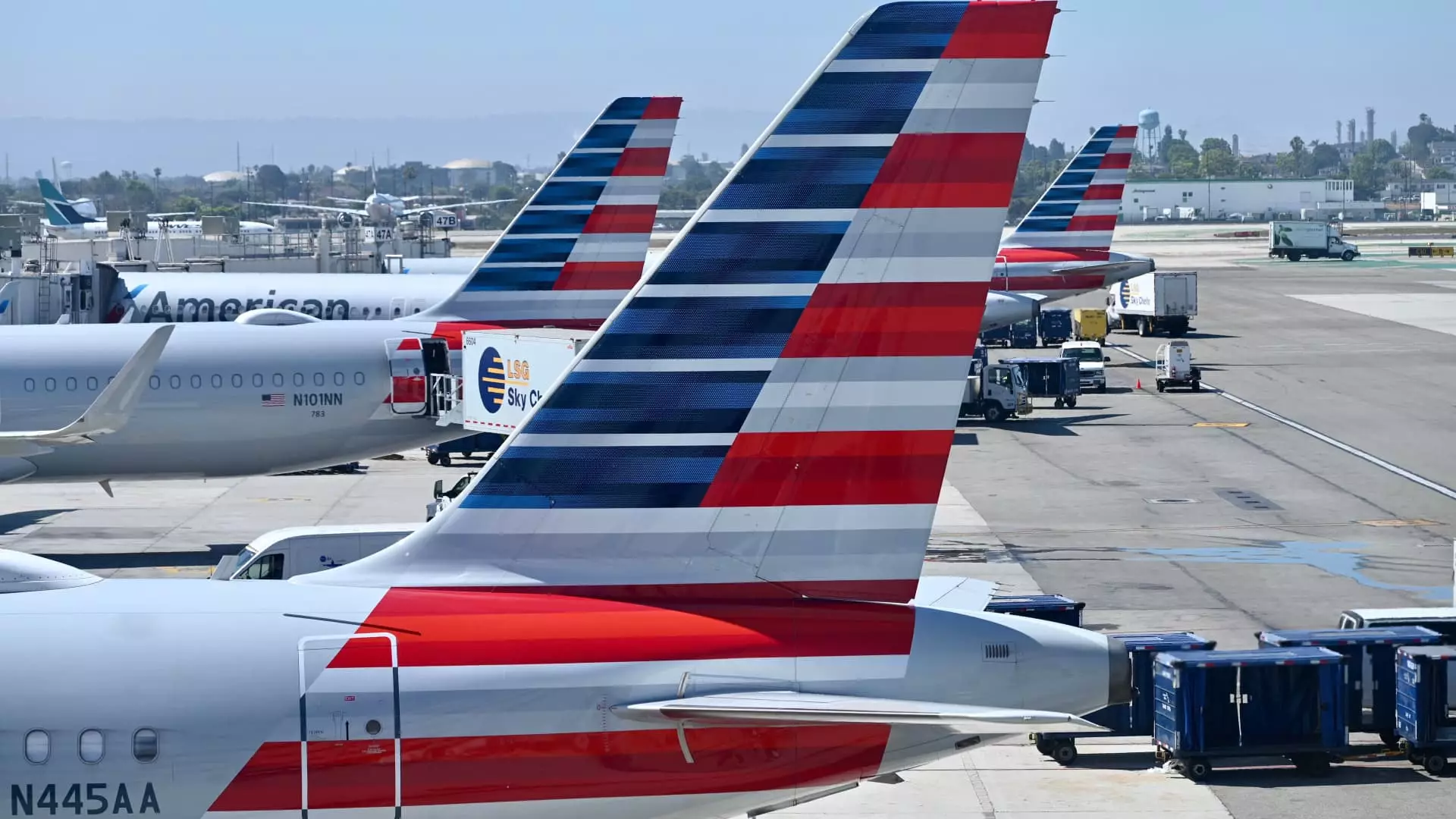American Airlines has announced significant changes to its operations in response to a decrease in revenue and profit forecasts. CEO Robert Isom revealed that the airline will be reducing its capacity growth in the second half of the year, with only a 3.5% increase compared to the previous year’s 8% growth in the first half of 2024. The market reacted negatively to this news, with shares dropping 15% as investors questioned the airline’s ability to navigate the peak travel season successfully. The departure of Chief Commercial Officer Vasu Raja was also announced, indicating a shift in leadership strategies within the company.
One of the key areas of focus for American Airlines is the reevaluation of its booking processes under Raja’s leadership. The airline had been working on a plan to increase direct bookings while decreasing reliance on third-party sites and travel agencies. However, this move upset some travel agencies who found it difficult to access certain fares, leading to a decline in bookings through these channels. Isom acknowledged the need for a balanced approach, emphasizing the importance of making the airline’s products easily accessible to customers through various channels. The decision to limit travel agency bookings from earning AAdvantage frequent flyer miles has also been reversed to avoid customer confusion.
American Airlines faces challenges in its revenue forecast, with unit revenues expected to decrease by up to 6% in the second quarter. This revision highlights the airline’s struggle to capitalize on the summer flying season, especially in comparison to competitors like Delta and United. Raja’s comments on corporate booking growth falling behind other major airlines further underscore the need for a strategic overhaul. While United reiterated its earnings estimates following American’s forecast adjustment, industry analysts remain cautious about American’s ability to bounce back quickly. The focus on Sun Belt cities and large hubs in Texas and North Carolina over coastal markets reflects a shift in priorities to optimize profitability.
The broader U.S. air travel industry has seen record-breaking numbers, particularly over Memorial Day weekend, signaling a strong start to the summer season. Both United and Delta have projected a record summer with robust trans-Atlantic bookings, highlighting overall positive trends in passenger demand. However, challenges remain as airlines increase capacity, especially in regions like Latin America where weaker performance has been observed. American Airlines must navigate these industry dynamics carefully to regain its competitive edge and drive sustainable growth.
Overall, American Airlines is at a critical juncture as it adapts to evolving market conditions and internal challenges. The strategic shifts in capacity growth, booking strategies, and market focus underscore the need for a proactive approach to stay competitive in the airline industry. By addressing these key areas and aligning with industry trends, the airline can position itself for long-term success and profitability amidst fluctuating market conditions.

